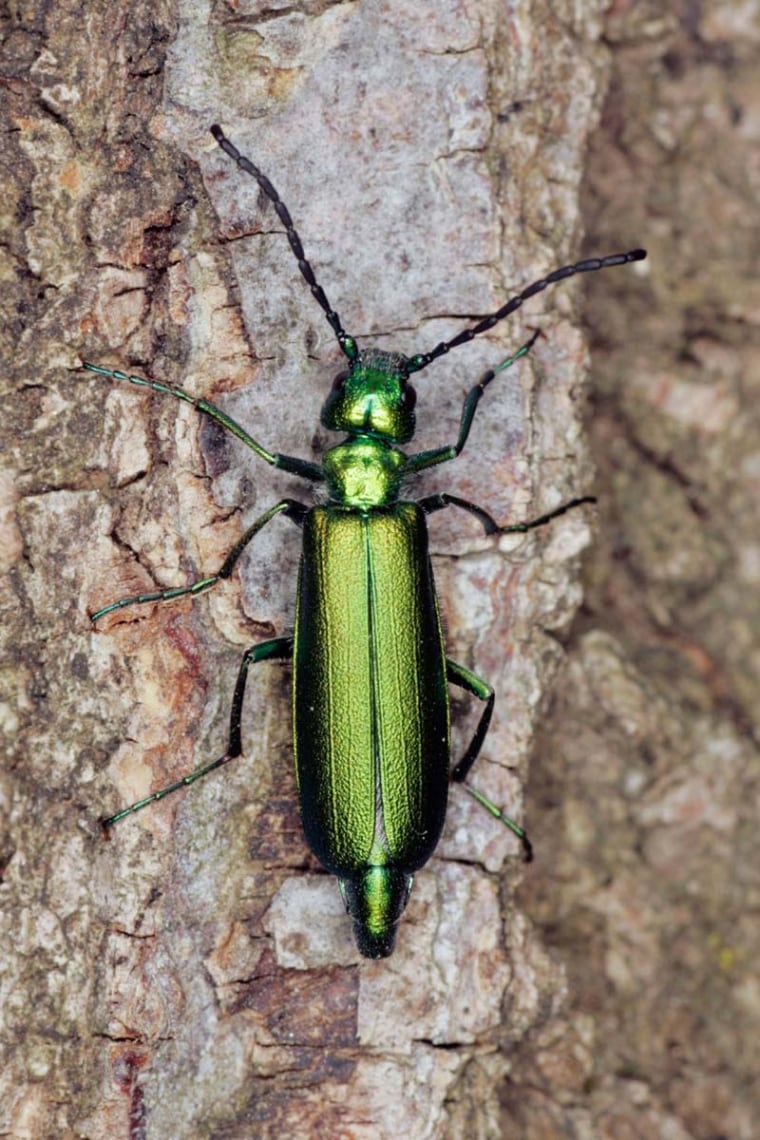Some people put on a strong aftershave. Others cue up a little Barry White. Still others go a different route when they’re looking to get in the mood: they drink a glass of cobra blood.
Sound strange? It won’t if you visit China. To some men there—and in other parts of Asia—imbibing the blood of a venomous snake is as conducive to seduction as the soulful tones of Barry.
The concept of the aphrodisiac—a substance that, when consumed, enhances sexual performance—exists in almost every culture, and dates back as far as ancient Egypt (when amorous couples reportedly ate wine-soaked water lilies to amp up their passion). Martha Hopkins, author of InterCourses: An Aphrodisiac Cookbook, explains that “historically, foods that mimicked certain body parts were believed to aid those same body parts, including sexual organs.” That would explain certain populations’ affinity for sea cucumber—as well as powdered rhino horn.
Thanks to centuries of traditional Chinese medicine—which links particular ingredients to an amplified sex drive—most aphrodisiacs can be found in Asia.
In Korea, the hagfish, or slime eel, takes the shape of an enviably large member and emits a slimy substance when touched, likely accounting for its status as an elixir of love. And there is perhaps no more symbolic aphrodisiac than the balut—a duck egg hosting a partially gestated fetus—hawked in the Philippines as commonly as movie theater popcorn.

Other purported aphrodisiacs get their potency from actual toxins, which irritate (some might say “inflame”) the bodies of those who eat them. Perhaps the best-known example of this sort is good old Spanish fly—an acidic beetle secretion prized for its ability to cause swelling on contact; or fugu (blowfish), which can lead to both pleasurable tingling and much-less-pleasurable death.
Despite these risks—and despite the fact that there’s little medical evidence to back up most aphrodisiac claims—many cultures still embrace the belief that certain foods can kick up one’s sex drive. In the end, an aphrodisiac’s effectiveness likely has the simplest explanation: the power of suggestion—and some very wishful thinking.
“Aphrodisiacs are all about the imagination—whether you’re eating cobra or sipping hot chocolate,” says Hopkins. “The mind-set behind it is really what counts.”
.JPG)